Review: LG Optimus F6 for T-Mobile
Menus
The Optimus F6 runs Android 4.1.2 Jelly Bean with software customizations from LG. The UI is practically identical to those seen on the G2, G Pro, F7, and other LG handsets.
The lock screen is fully customizable. It offers up to four shortcuts, all of which can be changed or deleted. You can also customize which clock appears on the lock screen, and whether or not weather data, calendar data, and other alerts are sent to the lock screen.
There are five home screen panels for customization out of the box, but you can delete or add screens if you wish.
The drop-down notification shade provides shortcuts to control the wireless radios as well as brightness, rotation, sound, and the QSlide apps (videos, notepad, calendar, calculator). The notification shade can be customized to a certain extent.
The main menu is a regular old grid of apps, but there are plenty of customization options. You can view it with large icons or small icons to fit more apps on each individual page. You can sort apps alphabetically or via install date. You can't, however, view them in list form. Apps can be hidden, and deleted.
The Settings menu functions just as on every other Android smartphone, though LG has dressed it up with a brighter theme and neat 3D graphics (see the on/off toggles in the images below).
As far as performance goes, the Optimus F6 uses a 1.2GHz dual-core Qualcomm Snapdragon 400 processor. The F6 performed well with the Snapdragon engine under the hood. I didn't see any major problems in terms of speed of the user interface, nor performance of any individual apps. The 400 does right by the F6.
Calls and Contacts
The phone and contact apps work exactly as they do on other LG smartphones, such as the G2.
The dial-pad provides tabbed access to call history, contacts, favorites and groups. In-call options run the standard, such as add a line, send to Bluetooth, hold, or mute. You can also open the notepad and messaging apps, or toggle on/off noise reduction (which makes calls clearer for those with whom you speak.) Settings tools let you customize the tabs that run across the top of the phone app, and the phone can also do things like provide a pop-up alert about incoming calls when taking pictures/video. The F6 can also decline incoming calls with a text message.
As for the contacts app, there are the usual home screen shortcuts for quick access to select contacts, as well as a nice widget for a collection of your favorites. The bigger widget lets you access your top nine contacts and gives you a cool UI for interacting with them on the home screen. The contact app itself has a pleasant visual look, and it is easy to pull up contact data without fully opening a contact card thanks to some hold-and-press actions.
Messaging
As far as messaging goes, the F6 doesn't deviate from the Android norm. It houses all the typical Google apps: Gmail, email, SMS/MMS, Hangouts, and Google+. All of these apps functioned as designed and are well built tools for communicating with others.
Neither the native Facebook and Twitter apps are pre-installed, but you can download them as well as add them as accounts within the Android operating system. Sharing things with your social networks is never more than a Menu button out of reach.
T-Mobile didn't put any of its own, branded messaging apps or services on the F6.


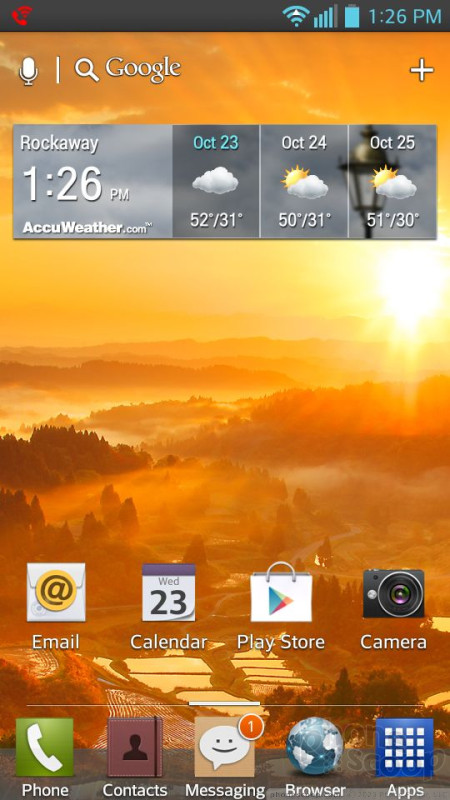







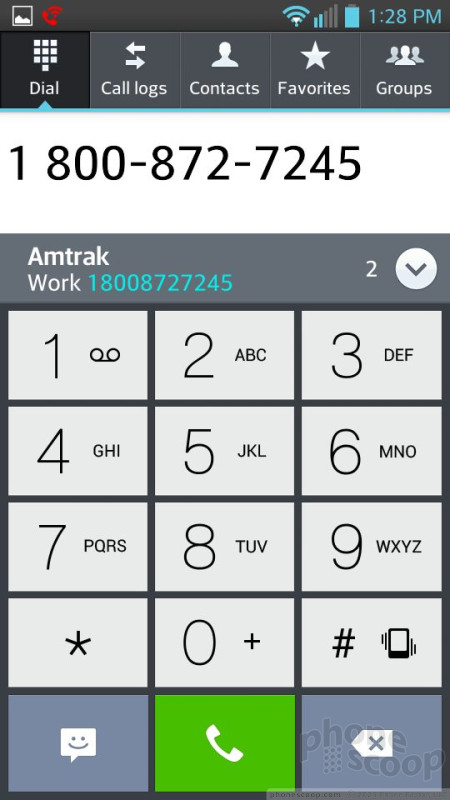







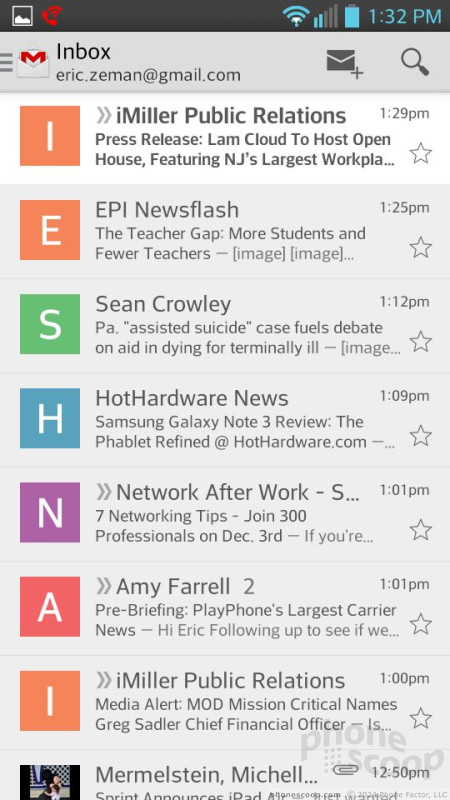





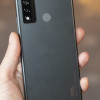 Hands On with the TCL 20 XE and TCL 20 A 5G
Hands On with the TCL 20 XE and TCL 20 A 5G
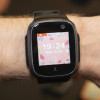 Hands On with Xplora Kids Smartwatches
Hands On with Xplora Kids Smartwatches
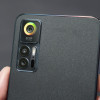 Hands On with the TCL 30 5G
Hands On with the TCL 30 5G
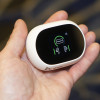 Hands On with Teams-Certified Bluetooth Earbuds
Hands On with Teams-Certified Bluetooth Earbuds
 LG Optimus F6
LG Optimus F6




